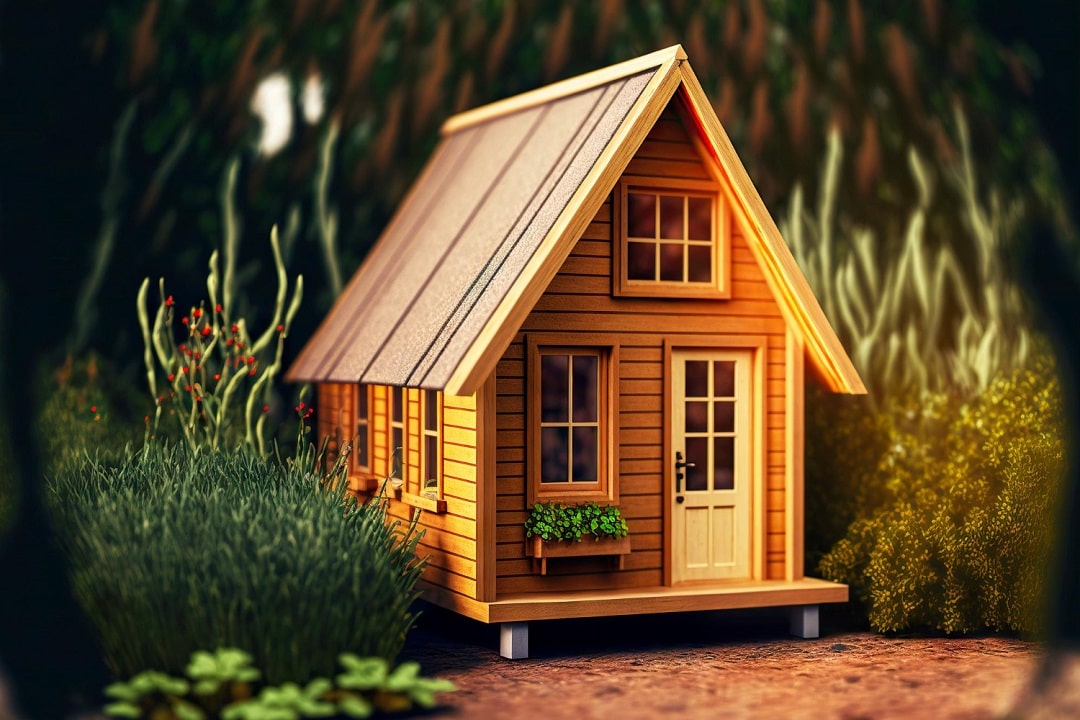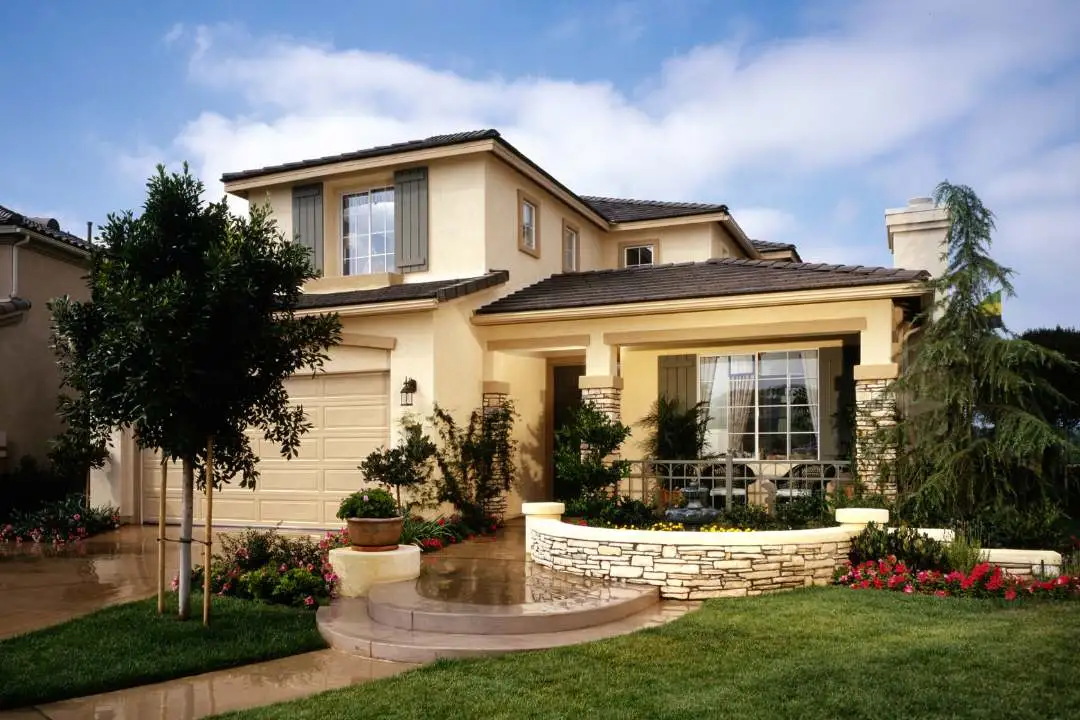There’s a big trend sweeping across the housing market and it’s…well, quite tiny. With the hustle and bustle of modern life, many people are choosing to downsize their living space in favor of a simpler, more sustainable lifestyle.
First things first, what exactly is a tiny home? The typical definition of a tiny home is a living space that is under 400 square feet. These pint-sized dwellings come equipped with all the necessities of a standard-sized home but packaged in a compact design. Key features often include a sleeping loft, a functional kitchenette, a compact bathroom, and clever storage spaces.
So, why are tiny homes gaining such popularity? There are several reasons. First, their affordability makes homeownership a reality for many who are priced out of the traditional housing market. Second, they have a smaller environmental footprint, aligning with a growing societal shift towards sustainable living. Tiny homes also offer a level of freedom and mobility that traditional homes simply can’t match. Lastly, they embody the minimalist lifestyle, freeing occupants from the trappings of material possessions and allowing them to focus on what truly matters.
One of the most exciting aspects of tiny homes is their innovative design. Architects and homeowners alike have shown remarkable creativity in maximizing space and functionality. Lofted quarters, multipurpose furniture, and ingenious storage solutions are common features. Despite their tiny footprint, these homes are high on style and innovation.
Living in a tiny home involves a significant lifestyle shift. Expect reduced consumption, minimized clutter, and a stronger connection with the outdoors. Many tiny home dwellers speak of the liberation they feel from breaking free of societal norms and embracing a life that is uniquely their own.
Living in a tiny home presents its own set of unique challenges. With limited space, every square inch counts, requiring meticulous planning and organization to maximize functionality. However, the rewards of tiny home living make these challenges seem trivial. It offers a simplified lifestyle, allowing individuals to focus on what truly matters and embrace a minimalistic approach. The freedom from excessive possessions and the reduced environmental impact are just a few of the benefits that make tiny home living an increasingly popular choice for those seeking a more intentional and sustainable way of life.
Tiny homes offer an alternative way of living that is affordable, sustainable, and liberating. They may not be for everyone, but for those willing to think outside the box (or inside a tiny box), they offer an opportunity to live big in a small space. Dare to explore the tiny home movement – you might just find it’s a perfect fit.




